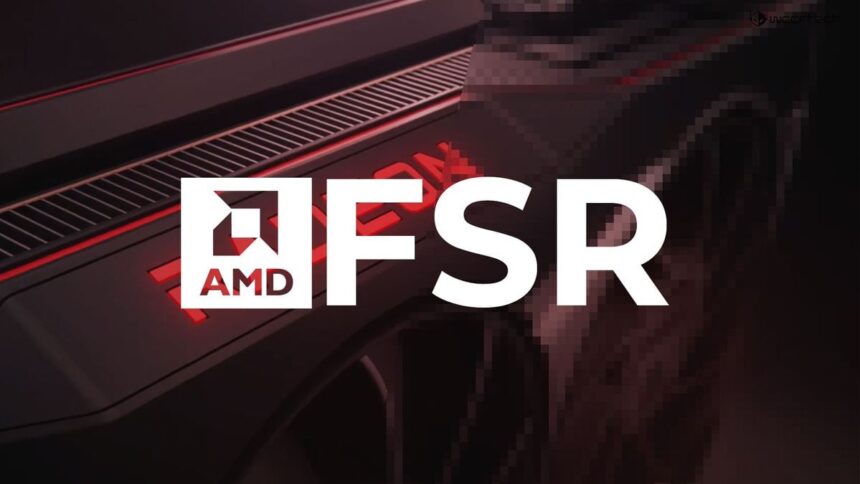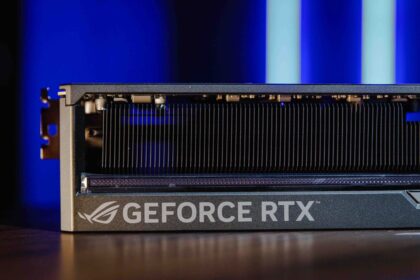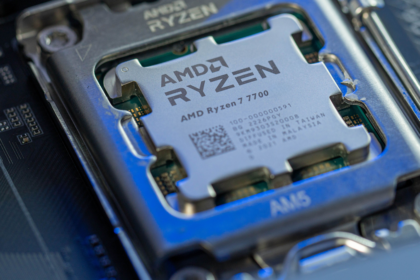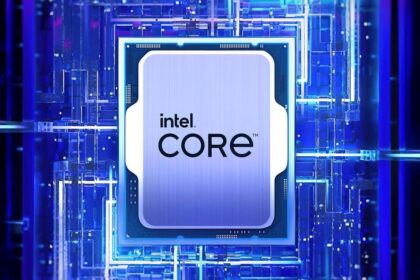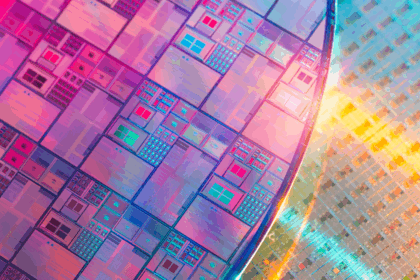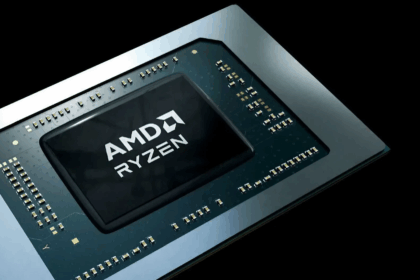At CES 2025, AMD quietly unveiled its new graphics cards and the latest iteration of its upscaling technology, FSR 4. While the announcement lacked fanfare, early tests of the Radeon RX 9070 XT have been impressive. The channel Hardware Unboxed took a closer look at the GPU running Ratchet and Clank: Rift Apart with FSR 4, showcasing promising results.
One of the standout examples demonstrated by the channel highlights the clear advancements made by FSR 4. The confetti effects spinning within the game are noticeably sharper and show significantly less ghosting compared to the same title running on a PC using FSR 3.1. The test was conducted in 4K resolution with FSR in performance mode, further emphasizing the improvements.
Another key highlight is the handling of transparency effects. FSR 4 renders these effects with much greater clarity, revealing details that FSR 3.1 struggles to display. Additionally, the confetti moving throughout the stage exhibits far less trailing, underscoring the new technology’s capabilities in delivering cleaner and more precise visuals.
FSR 4 appears to mark a significant step forward for AMD’s upscaling technology, offering gamers better performance and image quality.
FSR 4 is an important change for AMD
AMD has shifted away from its previous reliance on upscaling, denoising, and frame generation algorithms, now opting for a more advanced approach using neural networks and machine learning powered by AI. This marks a significant leap forward, allowing the company to deliver results that exceed previous FSR versions and rival NVIDIA’s offerings, such as DLSS. As expected, this cutting-edge technology is exclusive to the Radeon RX 90 RDNA 4 series.
This move is particularly important for AMD, as it had previously lagged behind Intel’s XeSS, despite being a later entrant in the graphics card market. By adopting AI-powered upscaling, AMD aims to close the gap and catch up with its competitors.
At CES 2025, AMD introduced the Radeon RX 9070 XT, RX 9070, and the RX 9060 series, but without providing specific SKUs, technical specifications, or pricing details. The official launch is expected in the first quarter of this year, with rumors suggesting a potential release as early as January, similar to the GeForce RTX 50 series.

